Leading a team can feel like navigating a wild forest, and who better to learn from than the masters of the wilderness—wolves. These creatures have fascinating social structures that can teach you valuable lessons about leadership, loyalty, and betrayal. The wolf pack isn’t just a bunch of animals; it’s a finely tuned team, each member playing a critical role. So, grab a coffee, sit back, and let’s take a walk on the wild side to see what wolves can teach you.
1. Lead From Behind
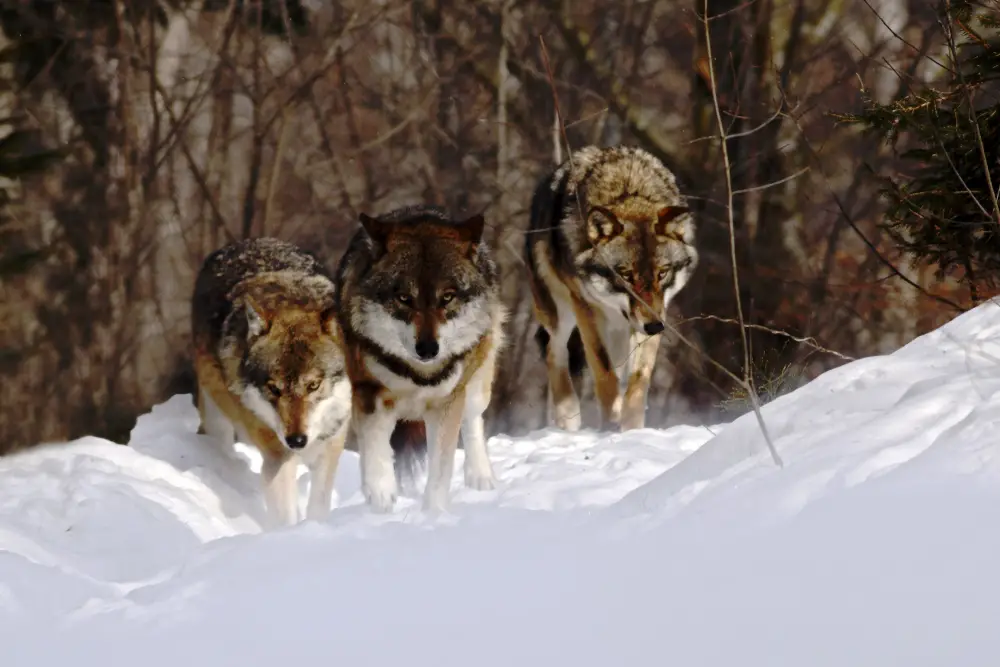
Wolves are known for their unique way of leading the pack, often doing so from the rear. This approach allows them to keep an eye on all pack members and ensure that everyone stays together. According to Dr. L. David Mech, a renowned wolf expert, this strategy helps maintain a cohesive unit while encouraging individuality within the pack. It’s a great reminder that leadership isn’t just about being at the forefront; sometimes, it’s about guiding your team from behind the scenes. This allows each member to showcase their strengths while still feeling supported and guided.
Leading from behind can be an effective way to empower your team. You’re giving them the space to make decisions and solve problems, which can lead to personal growth and innovation. It’s not about micromanaging or controlling every detail. It’s about trusting your team and allowing them to take ownership of their roles. This approach can foster a sense of responsibility and accountability, which is beneficial for any team dynamic.
2. Loyalty Is Paramount
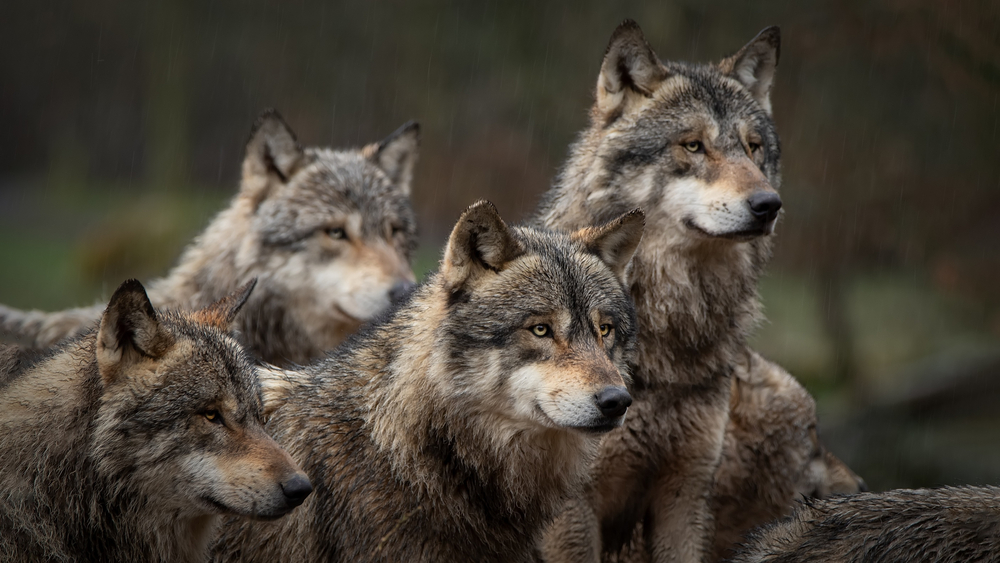
In a wolf pack, loyalty isn’t just a trait; it’s a survival mechanism. Wolves depend on each other for everything from hunting to defending their territory. This type of loyalty creates a strong bond that ensures the pack’s long-term survival. As a leader, you can take a page from this playbook by fostering an environment where loyalty is valued and reciprocated. Doing so helps create a culture of trust and mutual respect within your own team.
When team members know they can rely on each other, it builds a sense of security and belonging. This loyalty often translates into higher morale and productivity. People are more likely to go the extra mile when they feel connected to their team and their mission. Loyalty isn’t something you can demand; it must be earned through consistent actions and integrity. It’s a two-way street where both the leader and team members invest in each other’s success.
3. Embrace Vulnerability
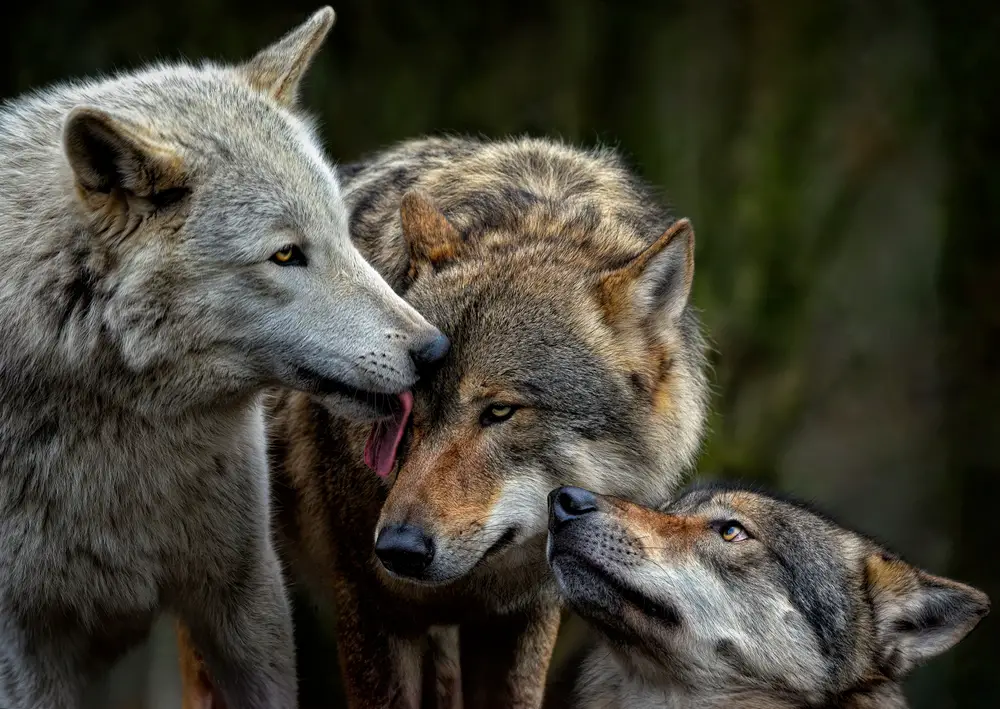
In a wolf pack, vulnerability isn’t seen as a weakness; it’s a natural part of life. Wolves show vulnerability through behaviors like play and submission, which help maintain harmony within the pack. Brené Brown, a researcher who’s extensively studied vulnerability, reveals that embracing this aspect leads to stronger connections and authentic leadership. Being vulnerable as a leader means being open about your own limitations and uncertainties. This authentic approach encourages your team to be open and honest, laying the groundwork for real connections.
By embracing vulnerability, you create a safe space for team members to express their ideas and concerns. It fosters an environment where creativity and innovation can flourish, as people are less afraid to take risks. When leaders show they’re human, it builds trust and encourages others to do the same. It’s about breaking down barriers and allowing for genuine collaboration and problem-solving. Just like in a wolf pack, this openness can be your team’s secret weapon for success.
4. Communication Is Key
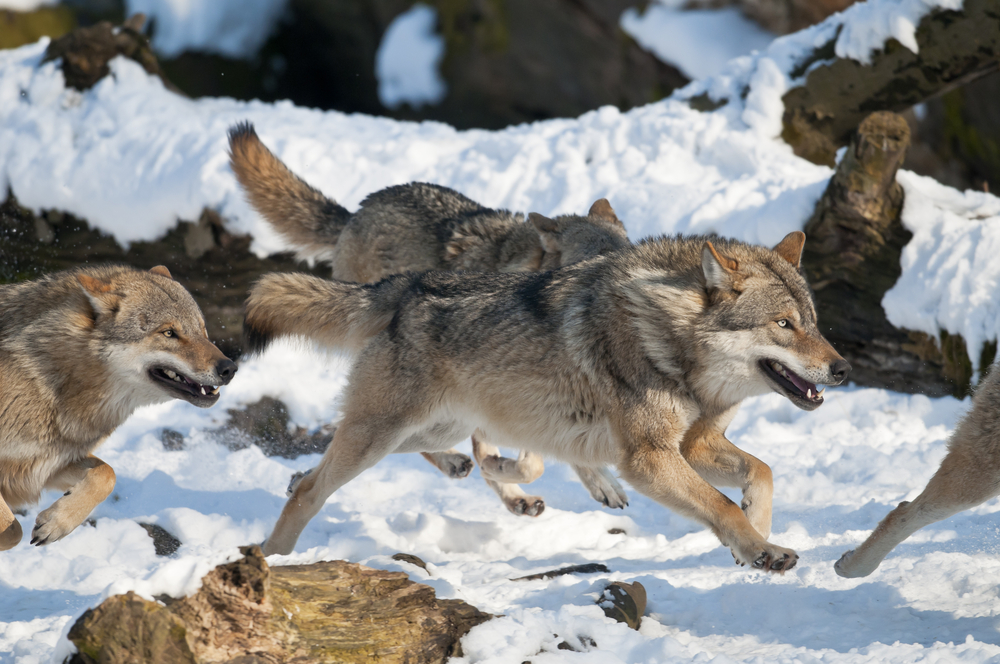
Wolves are excellent communicators, using a variety of vocalizations and body language to convey different messages within their pack. This constant communication is crucial for coordinating activities like hunting or defending against threats. Just like wolves, you need to ensure that open lines of communication exist within your team. Clear and consistent communication helps align everyone toward common goals and reduces the chances of misunderstandings. It also fosters a culture of openness where people feel free to share their thoughts and ideas.
When communication is prioritized, team members know exactly what is expected of them and how they can contribute to the team’s success. It creates a reliable structure where everyone understands their roles and responsibilities. This clarity can prevent conflicts and improve overall productivity. By setting up regular check-ins and updates, you ensure that everyone is on the same page. In the end, effective communication is the glue that holds a team together, much like it does in a wolf pack.
5. Adaptability Wins
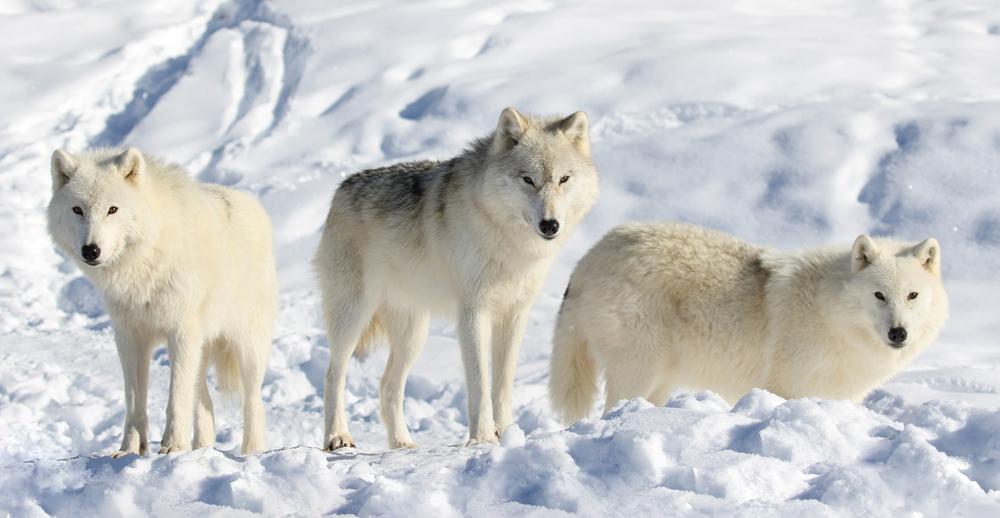
Wolves are highly adaptable creatures, thriving in various environments from forests to deserts. Their ability to adjust their hunting strategies and social dynamics based on their surroundings is key to their survival. A study published in the journal Ecology and Evolution highlights how wolves’ adaptability has allowed them to thrive despite changing landscapes and human intervention. Like wolves, being adaptable as a leader allows you to navigate the ever-changing dynamics of your team and industry. It helps you to pivot when faced with new challenges or unexpected changes.
Adaptability means being open to new ideas and willing to change course when necessary. It’s about seeing challenges not as roadblocks but as opportunities for growth and innovation. Encouraging your team to be adaptable can lead to creative problem-solving and a more resilient organization. When everyone is prepared to adjust and evolve, your team becomes more agile and capable of facing any obstacle. In a world that never stops changing, adaptability is a crucial skill for leaders and teams alike.
6. Teach Through Play
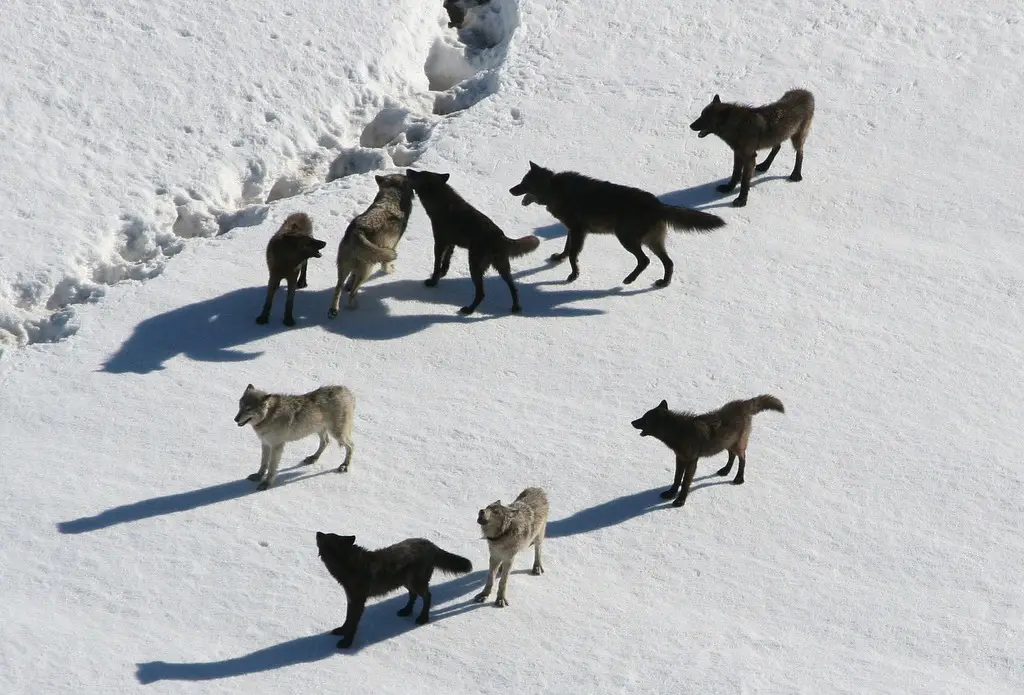
Wolves engage in play to teach young pups essential skills and to strengthen social bonds within the pack. This playful interaction is not just fun; it’s a vital part of their learning and development process. For humans, incorporating play into your leadership style can foster creativity and collaboration. Organizing team-building activities or simply encouraging a light-hearted atmosphere can break down barriers and stimulate innovation. By promoting a playful environment, you’re showing your team that work can be both productive and enjoyable.
Play can also be an effective stress reliever, helping to boost morale and maintain a positive work environment. It encourages team members to engage with each other in new and creative ways, breaking the monotony of routine tasks. This playful approach can lead to stronger relationships and a more cohesive team. In a world often focused on deadlines and deliverables, injecting a little play can go a long way in maintaining balance. It’s a reminder that while work is important, enjoying the journey is equally vital.
7. The Power Of Mentorship
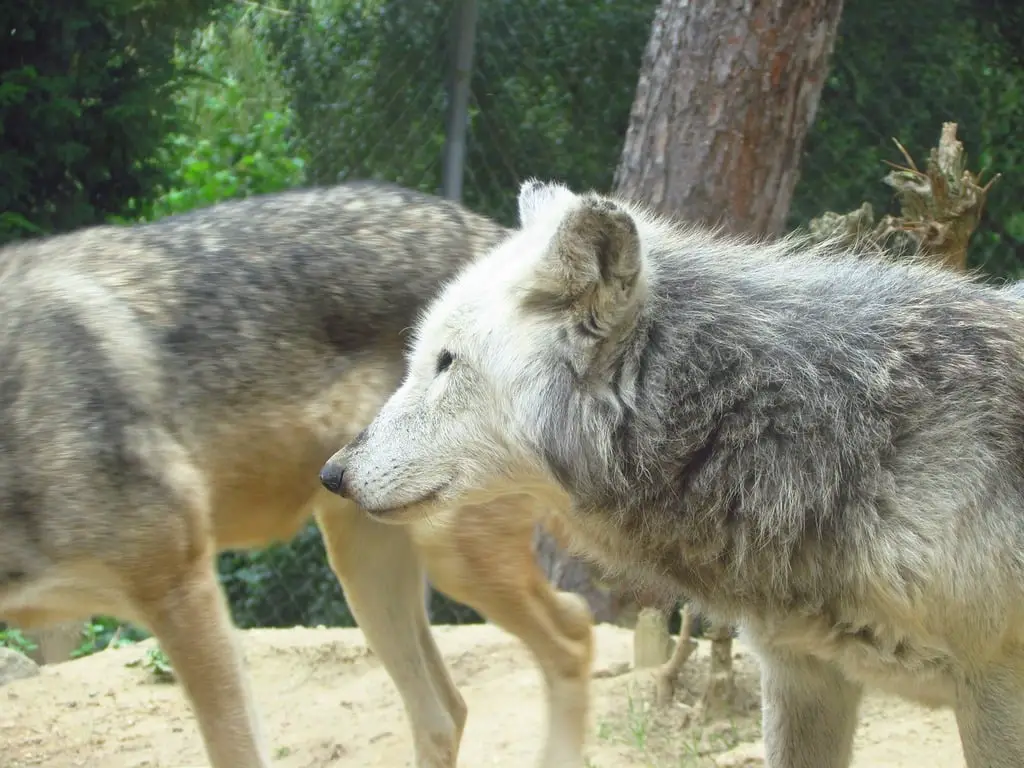
In a wolf pack, older members often take on the role of mentors, teaching younger wolves the skills they need to survive and thrive. This mentorship ensures that valuable knowledge is passed down through generations, strengthening the pack as a whole. Dr. Rick McIntyre, who has studied wolves for decades, emphasizes how critical mentorship is in maintaining a well-functioning wolf pack. As a leader, being a mentor means providing guidance, support, and opportunities for growth to your team members. It’s about investing in their development and helping them reach their full potential.
Mentorship creates a culture of learning and continuous improvement within your team. It encourages team members to seek out new skills and knowledge, fostering a growth mindset. By being a mentor, you’re creating future leaders who can contribute positively to the organization. This investment in people doesn’t just benefit individuals; it strengthens the entire team. When mentorship is prioritized, it leads to a cycle of learning and growth that enhances the team’s capabilities and success.
8. Strength In Diversity
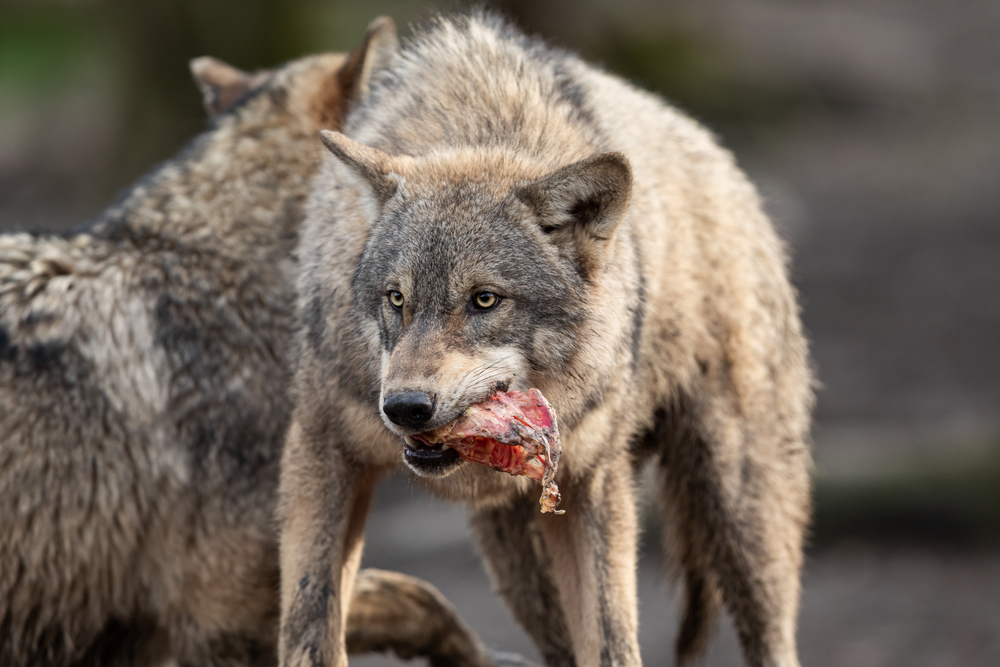
A wolf pack benefits from the diverse skills and strengths of its members. Each wolf contributes in different ways, whether it’s hunting, tracking, or providing protection. This diversity allows the pack to tackle a wide range of challenges and adapt to changing conditions. Similarly, as a leader, you should embrace the unique strengths and perspectives each team member brings to the table. By valuing diversity, you create a richer, more dynamic team environment that’s capable of innovative solutions.
Diversity within a team encourages creativity and out-of-the-box thinking. When people from different backgrounds and experiences come together, they can offer fresh perspectives and ideas. This diversity can lead to stronger, more well-rounded solutions to complex problems. It’s about leveraging the collective strengths of your team to achieve common goals. In the end, much like a wolf pack, a diverse team is often stronger and more resilient than one that lacks variety.
9. Balance Competition With Cooperation
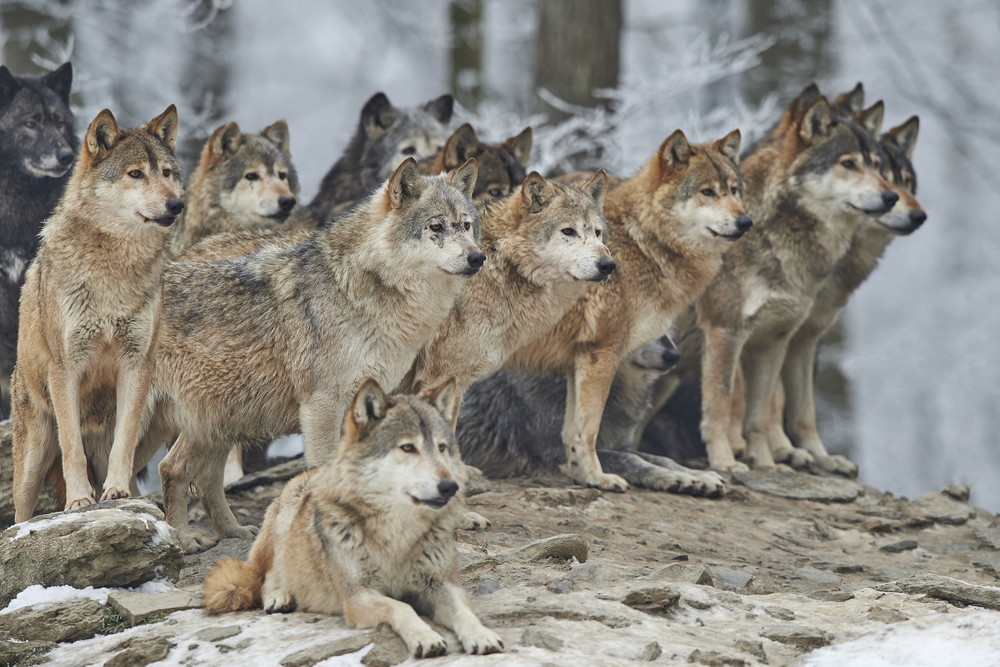
Even in a close-knit wolf pack, competition exists, but it’s balanced with cooperation for the greater good. Wolves compete for leadership roles and mates, yet they work together when it comes to hunting and defending their territory. This balance ensures that the pack remains strong and united while allowing individual members to strive for personal success. As a leader, it’s important to foster a culture where healthy competition exists alongside teamwork. By doing so, you encourage personal growth and ambition while maintaining a collective focus on team objectives.
Balancing competition and cooperation can drive innovation and productivity. When team members are motivated to excel, they push each other to improve, raising the overall standard of the group. However, it’s crucial to ensure that competition doesn’t undermine collaboration. Encouraging a spirit of teamwork ensures that personal achievements contribute to the collective success of the team. This balance is key to creating an environment where individuals and the team as a whole can thrive.
10. Navigate Conflict With Grace
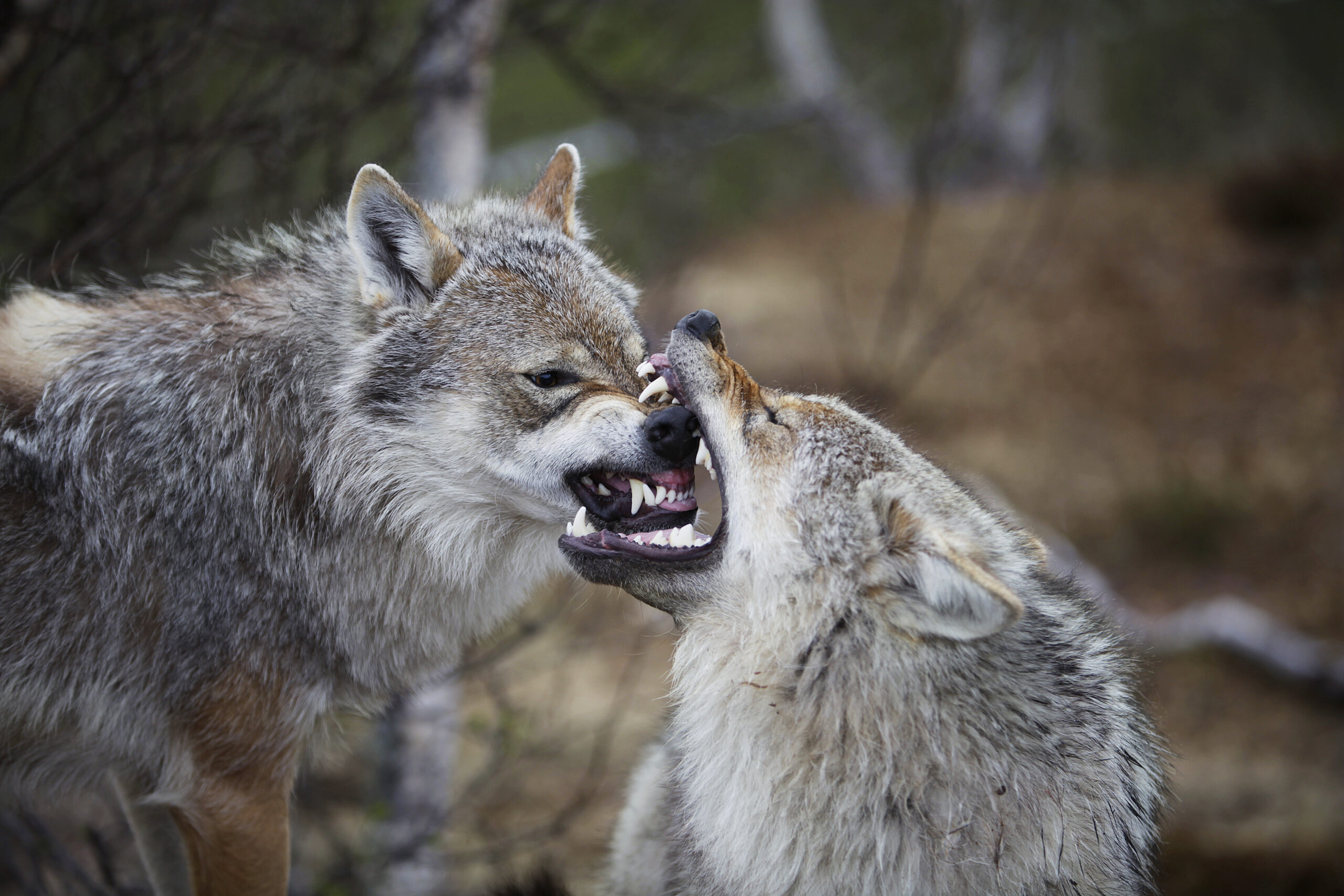
Conflict is a natural part of life in a wolf pack, but it’s typically resolved with minimal aggression. Wolves use body language and vocalizations to de-escalate tensions and maintain harmony. By addressing conflicts directly and calmly, they prevent them from disrupting the pack’s cohesion. As a leader, navigating conflict with grace involves acknowledging issues early and facilitating open dialogue. It’s about creating a safe space where team members feel comfortable expressing their concerns and working towards solutions.
When conflicts are addressed constructively, they can lead to growth and stronger relationships. It provides an opportunity for team members to understand different perspectives and find common ground. Approaching conflict resolution with empathy and understanding helps build trust and respect within the team. It’s about turning potential disruptions into opportunities for learning and collaboration. Just as wolves manage disputes to keep the pack united, you can lead your team towards a more harmonious and productive environment.
11. Recognize The Importance Of Rest
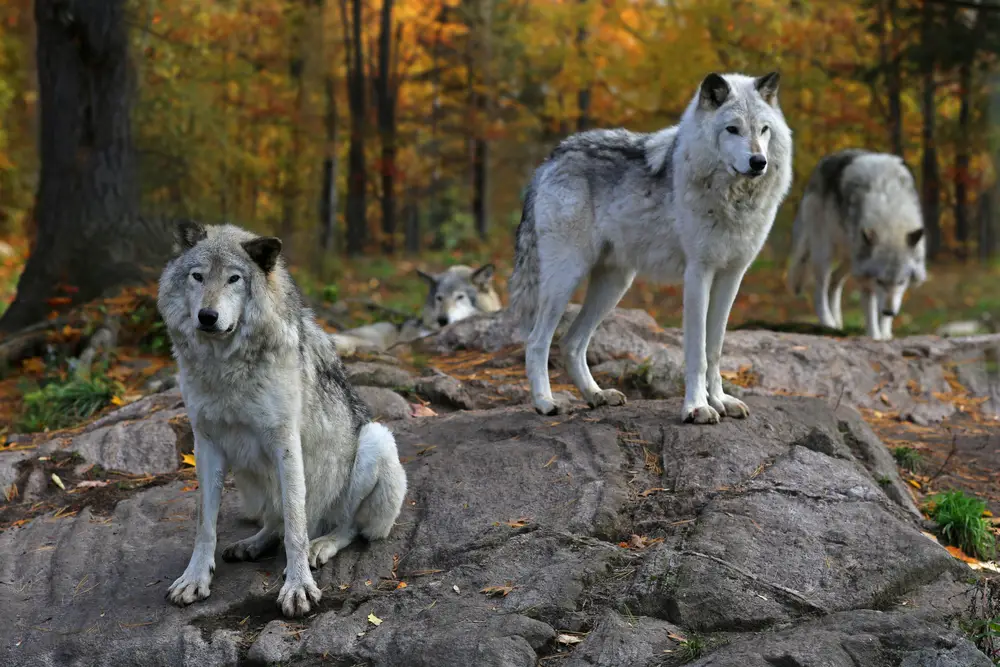
Wolves know the value of rest and take ample time for it between their demanding activities. This downtime is crucial for recovery and maintaining their overall well-being. In a fast-paced world, it’s easy to overlook the importance of rest and relaxation. As a leader, recognizing the need for balance can lead to a healthier, more productive team. Encouraging breaks and respecting work-life boundaries can prevent burnout and improve focus and energy levels.
Taking time to recharge isn’t a sign of weakness; it’s a strategy for sustainable success. When team members are well-rested, they’re more engaged and capable of performing at their best. A culture that values rest fosters creativity and resilience, allowing team members to tackle challenges with a fresh perspective. It’s about promoting a balanced approach that prioritizes both productivity and well-being. By valuing rest, you’re investing in the long-term success and happiness of your team.
12. Trust Is Earned, Not Given
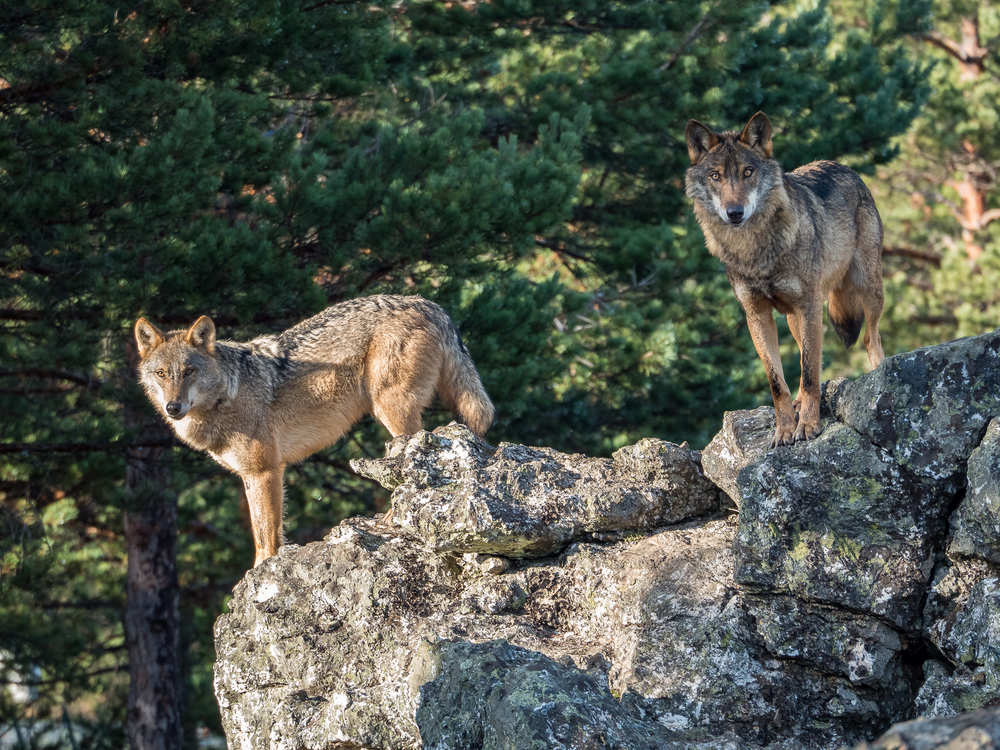
In the world of wolves, trust is a cornerstone of the pack’s social structure. It’s built through consistent actions and reinforced by mutual reliance in various situations. As a leader, earning the trust of your team isn’t something that happens overnight. It requires transparency, reliability, and demonstrating that you have the team’s best interests at heart. By consistently acting with integrity, you build a foundation of trust that strengthens the entire team.
When trust is established, it leads to open communication and collaboration. Team members feel comfortable sharing ideas and taking initiative, knowing they have the leader’s support. Trust also enhances accountability, as people are more likely to take responsibility when they feel trusted. It’s a powerful force that can drive team cohesion and success. Just as wolves rely on trust for survival, it’s a vital component of effective leadership and team dynamics.
13. Resilience In The Face Of Adversity
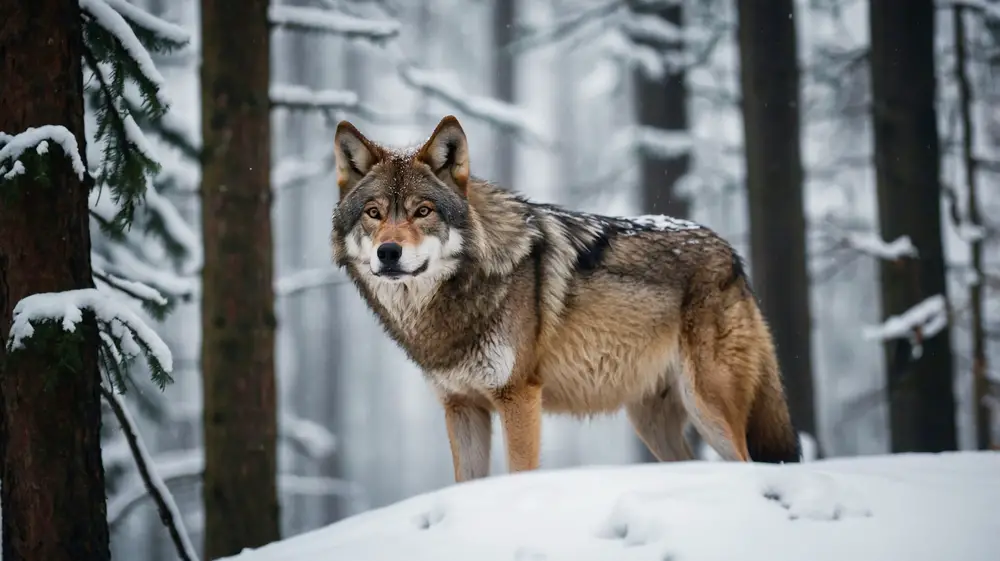
Wolves are resilient creatures, often facing harsh conditions and challenges head-on. Their ability to persevere in the face of adversity is a testament to their strength and adaptability. As a leader, resilience is an essential trait that allows you to navigate the ups and downs of any journey. It’s about maintaining a positive outlook and inspiring your team to keep pushing forward, even when the going gets tough. By demonstrating resilience, you set an example for your team to follow.
Building a resilient team involves fostering a culture of support and adaptability. Encouraging team members to view challenges as opportunities for growth can lead to innovative solutions and improved performance. Resilience is not about avoiding failure but learning from it and coming back stronger. It’s a mindset that empowers individuals and teams to overcome obstacles and achieve their goals. Just as wolves thrive in diverse environments, embracing resilience can lead to success in an ever-changing world.
